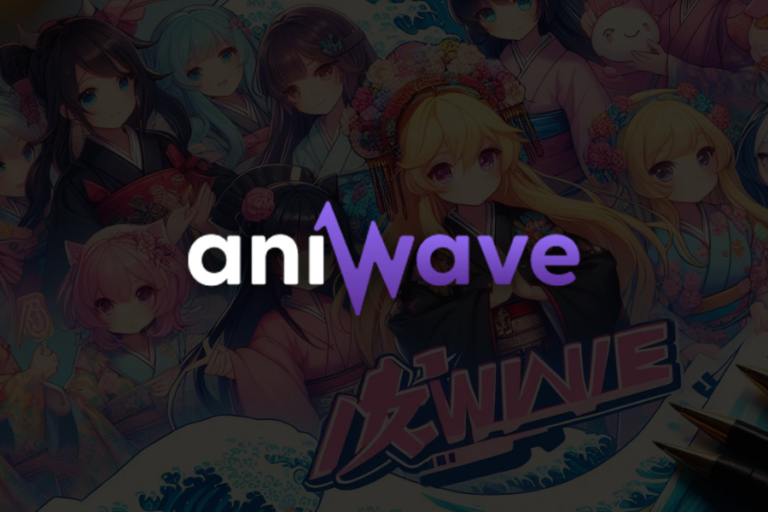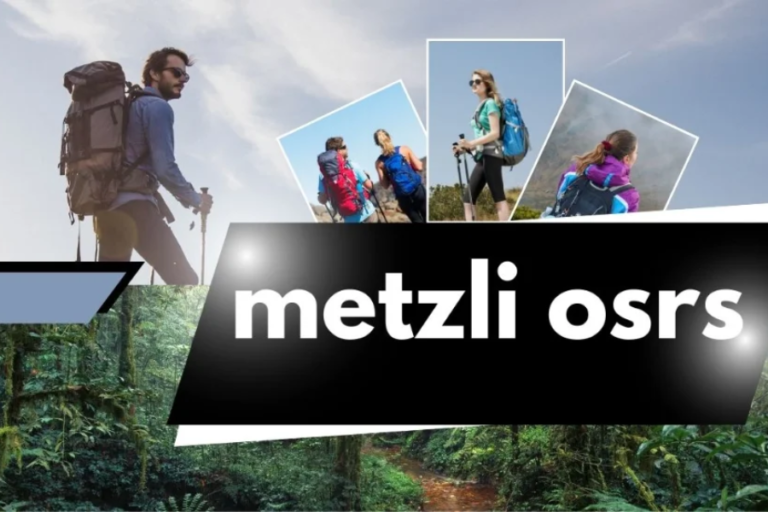Understanding Çevir: A Comprehensive Guide
In our interconnected world, content translation and localization—often referred to as “çevir” in Turkish—allow us to enjoy books, movies, apps, and other media from different cultures. But translation is more than a direct swap of words; it’s about crafting an experience that resonates culturally and contextually with a new audience.
As businesses and individuals engage across borders, the role of translation and localization has become essential in bridging cultural divides, enhancing understanding, and unlocking new opportunities in international markets.
History of Translation
Early Beginnings
Translation has been an integral part of human communication since ancient times. Civilizations like the Sumerians and Egyptians used translation to manage and connect their empires. The Rosetta Stone, for instance, offers a historical snapshot of translation’s role, containing the same text written in three different scripts—enabling modern scholars to decode ancient Egyptian writing.
Evolution Over Time
As societies grew, so did the demand for sophisticated translations. During the medieval period, religious texts, particularly the Bible, were translated widely, marking translation as a way to spread cultural and religious ideas. By the 20th century, with globalization on the rise, translation expanded into a professional field encompassing international law, business, and communication.
Types of Translation
Literary Translation
Literary translation involves translating books, poems, and other artistic works. It’s not merely about translating words but about capturing the author’s tone, style, and intent, making it resonate with readers in a different language without losing the essence of the original work.
Technical Translation
This type of translation focuses on specialized documents like user manuals, guides, and technical instructions. Precision is key in technical translation, as even small errors can result in misunderstandings or improper use of products, especially when technical jargon is involved.
Legal Translation
Legal translation deals with documents like contracts, treaties, and legal rulings. Accuracy is essential here because even minor errors can have serious legal repercussions.
Medical Translation
Medical translation includes translating medical records, research papers, and prescriptions. Given the complexity of medical terminology, these translations demand expertise in healthcare fields to ensure precision and clarity.
The Role of Localization
Definition and Importance
Localization goes beyond mere translation; it involves adapting content to reflect the target culture’s customs, values, and preferences. This step ensures that content not only reads correctly but feels native to the audience, which can impact how a brand or message is perceived.
Localization vs. Translation
While translation focuses on accurately conveying the original message, localization tailors the content so that it resonates with the target audience. For instance, localizing a website might mean adjusting date formats, currency symbols, and color schemes to align with cultural expectations.
Çevir in the Digital Age
The Impact of Technology
The digital age has transformed çevir by introducing tools that streamline the translation process, making it faster and more accessible. Automation, artificial intelligence (AI), and machine translation have revolutionized the field, enabling companies and individuals to reach global audiences more easily.
Tools and Software for Translation
Modern translators use Computer-Assisted Translation (CAT) tools to ensure consistency across projects. CAT tools help maintain a record of terminology and language preferences, while machine translation, powered by AI, offers quick and often accurate translations, though human review remains necessary for best results.
Key Components of Effective Translation
Accuracy
Accuracy forms the foundation of effective translation. It ensures that the translated text carries the same meaning and intent as the original. Especially in technical or legal contexts, accuracy is paramount.
Cultural Sensitivity
Translators must be sensitive to cultural nuances. Without this consideration, translations can easily offend or fail to resonate with the target audience, which can lead to misunderstandings or alienate potential clients.
Consistency
Consistency in terminology and style is especially important for technical, medical, or corporate communications. It helps establish trust and brand recognition across documents and platforms.
Challenges in Translation and Localization
Linguistic Nuances
Each language has its unique expressions and idioms that don’t always have direct equivalents. Translators often navigate these subtleties to maintain the integrity and flavor of the original text.
Cultural Differences
What resonates in one culture may not in another. Effective localization requires an in-depth understanding of cultural distinctions, so the content is adapted to align with local norms, values, and expectations.
Maintaining Context
Maintaining the original context is particularly important in creative works. A metaphor, joke, or reference that works well in one language may not have the same effect in another, requiring creative adaptation to convey the intended tone and meaning.
Best Practices for Translators
Continuous Learning
Language evolves constantly, so translators must keep up with trends, linguistic changes, and cultural shifts. Continuous learning ensures that translations remain current and relevant.
Use of Technology
Modern technology, such as CAT tools and translation memory, can enhance productivity, consistency, and accuracy in translations.
Collaboration with Native Speakers
Partnering with native speakers helps translators verify cultural accuracy and appropriateness, ensuring the content truly resonates with the target audience.
Translation and Business
Global Market Reach
Translation and localization help businesses reach international markets. By offering products or services in multiple languages, companies can appeal to a wider audience and potentially increase revenue.
Brand Consistency
Consistent, high-quality translation allows global businesses to maintain a cohesive brand identity. For companies operating in diverse regions, this consistency is essential to building a trustworthy and recognizable brand.
Customer Engagement
Localized content is more relatable, which leads to higher engagement levels. Consumers are more likely to connect with brands that communicate in their native language and reflect their cultural values.
Case Studies of Successful Localization
Examples from Major Companies
Companies like Coca-Cola and Netflix have effectively used localization to expand their reach globally. Coca-Cola’s marketing campaigns are tailored to fit local tastes, preferences, and traditions, enhancing their appeal in various regions.
Lessons Learned
The success of these companies underscores the importance of market research and cultural awareness. Localization should not be an afterthought but rather an integral part of a company’s global strategy.
The Future of Çevir
Emerging Trends
AI and machine learning are poised to advance the translation industry, making translations faster and more accurate. This technology holds promise for industries where precision is critical, such as legal or medical translation.
The Role of AI and Machine Learning
While tools like Google Translate provide instant translations, human oversight remains necessary. AI can handle the basics, but only human translators can capture the subtle nuances and cultural context required for high-quality work.
How to Choose the Right Translation Service
Factors to Consider
When selecting a translation service, consider the expertise, experience, and specialization of the provider. Some services focus on technical or legal translations, while others specialize in creative or literary work.
Evaluating Quality and Cost
Though high-quality translation services may come at a higher cost, they often offer better value by avoiding errors and misunderstandings that could be costly to fix later.
The Importance of Certified Translators
Certification Bodies
Certified translators often belong to professional bodies, like the American Translators Association (ATA), which ensures they meet certain standards.
Benefits of Hiring Certified Professionals
Certified professionals bring reliability and quality assurance to translations, which is essential when working on critical documents.
DIY Translation: Pros and Cons
Advantages
DIY translation can be quick and cost-effective for simple tasks where minor errors are acceptable.
Risks Involved
For complex or significant documents, DIY translation risks misinterpretation and damage to credibility, as poor translations can lead to misunderstandings.
Conclusion
In today’s globalized world, çevir is indispensable. From connecting cultures to expanding business horizons, translation and localization are essential tools.
As technology continues to improve, the future of çevir looks promising, but the need for the human touch remains. Only a skilled translator can ensure that content is not just accurate but also culturally resonant.
FAQs
What is the difference between translation and interpretation?
Translation deals with written language, while interpretation focuses on spoken language.
How can I ensure quality in a translation?
Look for certified, experienced translators who use modern tools. Check reviews and request samples if possible.
What are the most common languages for translation services?
English, Spanish, Chinese, French, German, and Arabic are popular choices due to their global business relevance.
How does machine translation compare to human translation?
Machine translation is fast and affordable but often lacks nuance and context. It’s best when used with human oversight.
Why is cultural sensitivity crucial in translation?
Cultural sensitivity helps avoid misunderstandings, ensuring that content is respectful and relatable to the target audience.
Explore trending topics and comprehensive analyses at Craze Radar.






